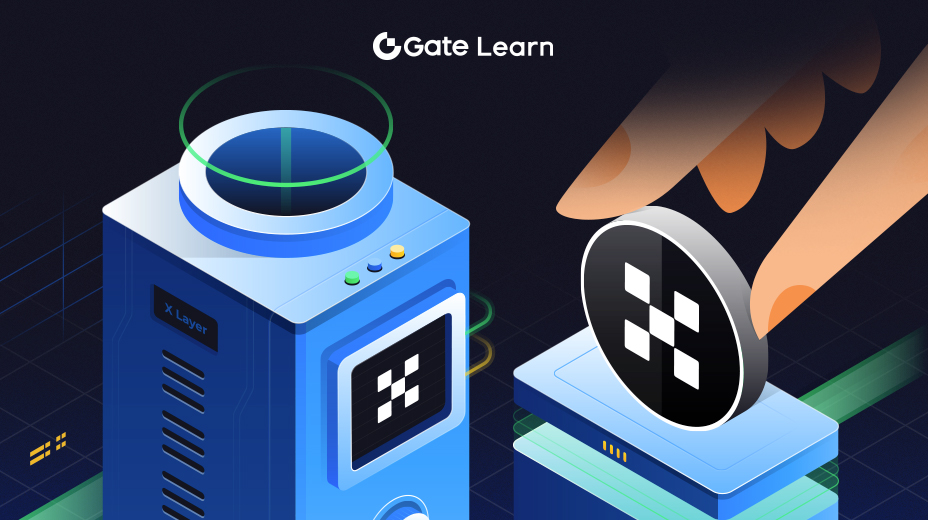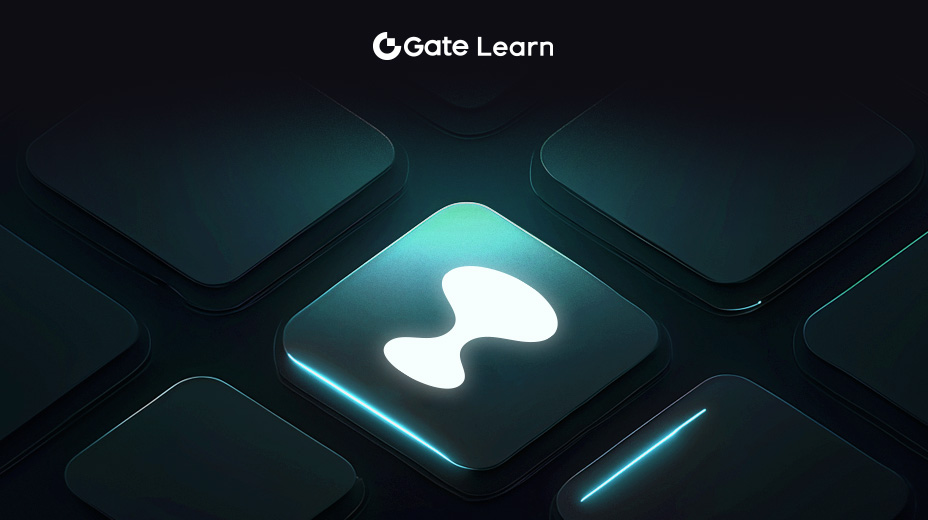Understanding the EOS Token
In this lesson, we delve into the intricacies of the EOS token, an integral component of the EOSIO platform. The EOS token facilitates operations and plays a pivotal role in governance and network resource management. Understanding the EOS token's mechanics, distribution, and utility offers insights into its foundational impact on the EOS ecosystem.
Tokenomics of EOS
Distribution and Allocation
The Unique Mechanisms of EOS Tokens
EOS tokens represent more than a means of exchange; they are the lifeblood of the EOS ecosystem, enabling operations, governance, and resource allocation. The initial distribution was conducted through a year-long initial coin offering (ICO), which was the longest and one of the largest capital raises in the cryptocurrency space. Post ICO, the allocation of tokens is governed by a unique model that combines elements of inflation and staking to maintain network operations.
EOS’s tokenomics are designed with a 3% inflation rate, which funds block producers and supports the network’s growth. Unlike other cryptocurrencies, there is no maximum supply cap for EOS, which stands in contrast to the fixed supply of tokens like Bitcoin. This inflationary model is intended to incentivize the ongoing development and participation in the network.
Token holders can stake their EOS to vote for block producers—entities responsible for maintaining the blockchain’s integrity. This staking does not just secure the network but also grants the stakers access to network resources like bandwidth and storage, crucial for deploying and running dApps. The delegated proof of stake (DPoS) mechanism allows for a more democratic and flexible governance structure, where token holders have a direct influence on the network’s trajectory.
Through this intricate system of distribution and allocation, EOS tokens serve as a dynamic tool for engaging with the network’s resources, participating in its governance, and facilitating a diverse range of transactions and applications across the EOS blockchain.
Governance and Consensus
Community Involvement in EOS
EOS employs a unique governance structure shaped by community involvement, made possible through its delegated proof-of-stake (DPoS) consensus mechanism. Token holders play a critical role, actively participating in network governance by staking their tokens to vote for Block Producers (BPs). These BPs are responsible for maintaining the blockchain’s integrity and proposing network enhancements. The DPoS system ensures that community consensus is agile and can be quickly adapted to changing needs, without the cumbersome process of a hard fork.
This inclusive governance model empowers token holders to have a say in key decisions, from resource allocation to protocol changes, allowing for a more democratic and user-centric approach to blockchain governance. The community’s ability to influence the network’s direction fosters a sense of ownership and collaboration, with the aim of driving the EOS platform towards innovation and improvement, catering to the evolving landscape of Web3 and beyond.
The Utility of EOS Tokens
EOS tokens are an integral part of the network’s functionality, serving multiple roles beyond simple transfers of value. One of their primary utilities is in staking, where users can lock their tokens to receive network resources essential for operations on the EOS blockchain.



Images from: https://eosnetwork.com/introducing-eos/
Staking and Network Resources
When EOS holders stake their tokens, they essentially reserve a portion of the network’s bandwidth and storage for their use, a requirement for running dApps or performing other network functions. Staking is not just a matter of resource allocation; it’s also a way for users to show their commitment to the network, as staked tokens are used to vote for Block Producers (BPs), the representatives responsible for maintaining the blockchain’s integrity and governance. The process of staking and voting for BPs is an exercise in community involvement and decision-making within EOS, allowing token holders to steer the network’s development and management.
The innovative aspect of EOS’s design is that while staking provides the necessary resources for users to interact with the network, it also aligns their interests with the overall health of the blockchain. Users are incentivized to vote for BPs that contribute to the network’s stability and growth, as this will directly affect the value of the stacked tokens and the network’s capabilities.
Balancing Supply and Demand
The supply and demand of EOS tokens are balanced through the staking mechanism and the network’s architectural design. The total supply of EOS tokens, which is over 1.14 billion with a circulating supply of approximately 1.08 billion, does not have a hard cap but is managed through a reasonable inflation rate and staking incentives. This model is designed to encourage users to reinvest their tokens back into the network by staking for resources or by participating in governance.
Moreover, the EOS network’s ability to scale is crucial for managing supply and demand. The architecture allows for side-chains, which can run parallel to the main blockchain, effectively offering horizontal scalability. This means the EOS network can handle an increase in demand by distributing operations across multiple chains, thereby ensuring that the main blockchain remains uncluttered and efficient.
Through these mechanisms, EOS maintains a balance between the number of tokens in circulation and their practical utility within the network. This balance is vital for the stability of the EOS economy, ensuring that the tokens retain their value and utility as the network grows and evolves.





